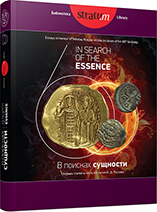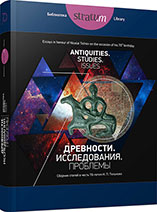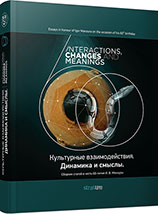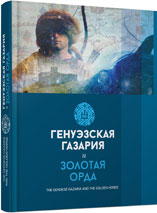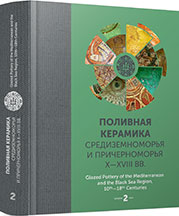
Глазури причерноморских средневековых посудных майолик: химический состав по данным спектрального анализа
Investigatios of 52 glazes samples (40 of them are examples of Byzantine-Black Sea origin) by X-ray microprobe technique allowed to make conclusions about the difference of the Byzantine (and its successor on North Black Sea Coast and the Golden Horde traditions) composition from the West-Mediterranean (Spanish-Italian), in particular for the 15th century. One of the results of these investigations is the discovery of the downward trend rate of lead oxide in the Byzantine and Black Sea glazes during the 12th—15th centuries, refuting earlier formulated hypotheses about the growth of the share of lead materials in “Chersonesus” glaze recipe. The author also notes the lack of reliable data on glazed pottery production in medieval Cherson.
More...
